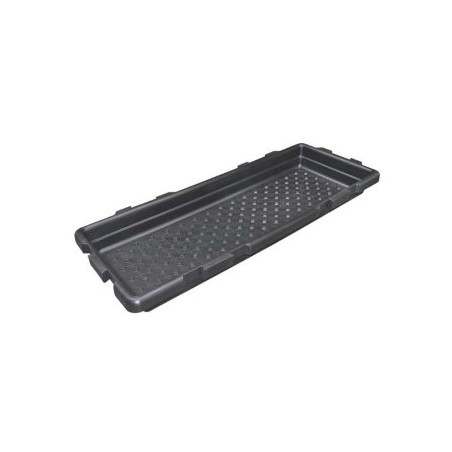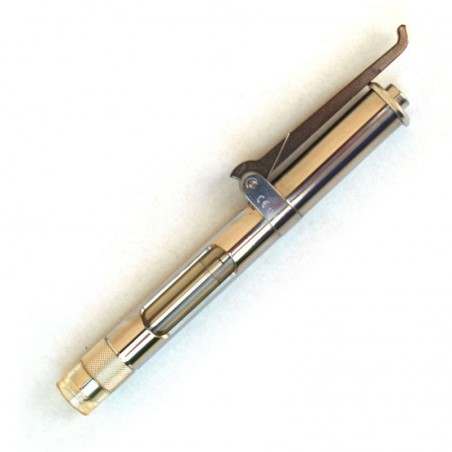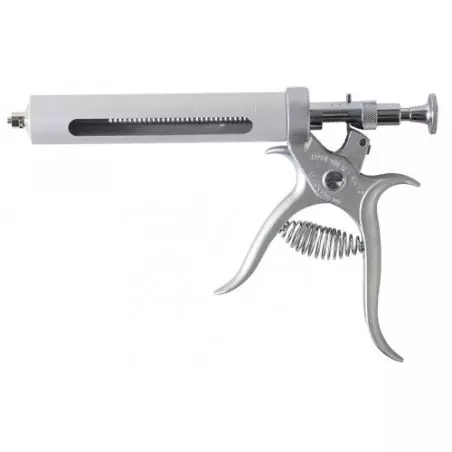To evaluate the ability of a needle-free injection device (NFID) to prevent hematogenous transmission of porcine reproductive and respiratory syndrome virus (PRRSV).
Eighty-eight 5-week-old gilts from a PRRSV-negative source were organized into five groups and individually housed by group in isolation rooms (four replicate trials, 22 pigs per trial). On Day 0 Group 1 pigs were inoculated with PRRSV and consisted of 10 pigs per replicate. Groups 2, 3, 4, and 5 each consisted of three pigs per replicate. Group 2 pigs were vaccinated by needle-syringe, Group 3 pigs were vaccinated with an NFID, Group 4 pigs were sham-inoculated, and Group 5 pigs were not treated. On Days 4, 5, and 6 post inoculation, each pig in Groups 1, 2, and 3 was vaccinated with a Mycoplasma hyopneumoniae bacterin using the needle-syringe and the NFID. First, a needle-syringe and NFID were both used to vaccinate pigs in Group 1, and then the same needle-syringe and NFID were used to vaccinate pigs in Group 2 (needle-syringe) and Group 3 (NFID), respectively.

On Day 11, all pigs in Group 2 tested positive for PRRSV RNA, suggesting that transmission of PRRSV had occurred between Groups 1 and 2 by repeated use of the same needle. On Day 21, all pigs in one replicate of Group 3 tested positive for PRRSV RNA, suggesting that transmission of PRRSV had occurred between Groups 1 and 3 by repeated use of the same NFID.
Under the conditions of this study, hematogenous transmission of PRRSV can occur from infected pigs to susceptible pigs via repeated use of the same needle, and use of NFIDs does not prevent hematogenous transmission of PRRSV.
Baker SR, Mondaca E, Polson D, et al. Evaluation of a needle-free injection device to prevent hematogenous transmission of porcine reproductive and respiratory syndrome virus. J Swine Health Prod. 2012;20(3):123-128.








